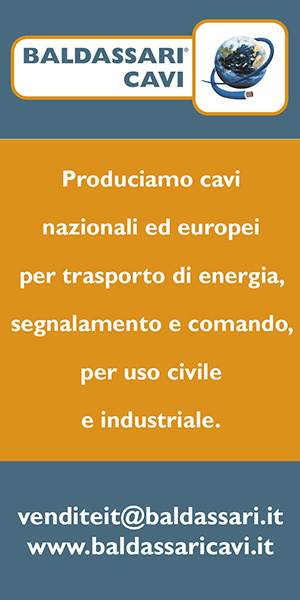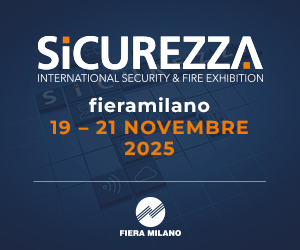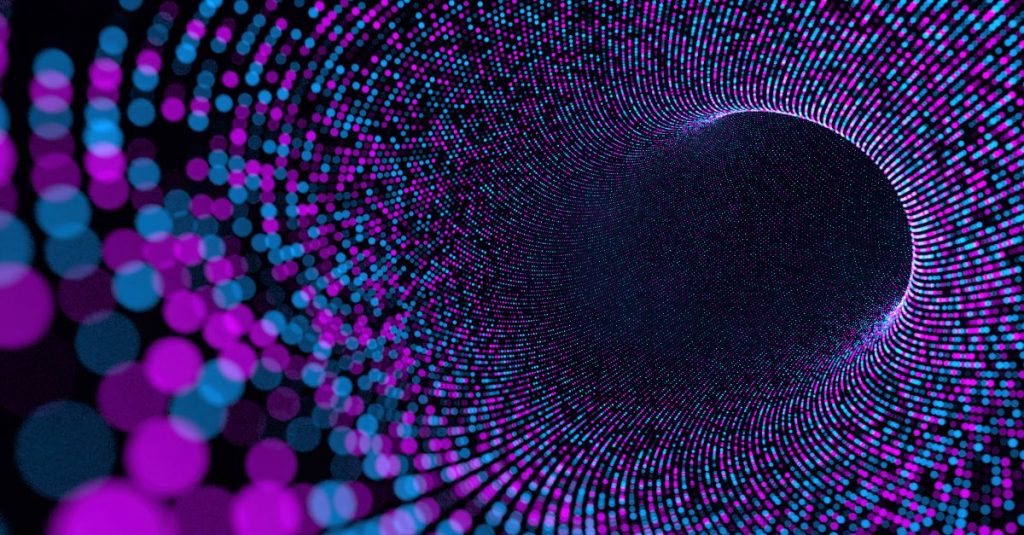The history of medical care goes back to prehistoric times. Recent discoveries of skeletons with trepanned skulls indicate that even complex operations took place in the neolithic age. While ancient Chinese and Indian medical practices have influenced western medicine, notably on the matter of better hygiene, it is not really until the 19th century that certain diseases, as well as the infection of surgical wounds, were discovered to be directly caused by tiny living organisms. Thanks to scientists like Louis Pasteur, pathology was dramatically altered and a complete revolution in the practice of surgery took place.
Change accelerates over the last century
Many other key technological advances changed medical care beyond recognition in the 20th century, leading to a huge increase in life expectancy, mostly in the western world at first, but then in emerging nations. To name just few milestones, in 1921, researchers from the University of Toronto discovered insulin, the world’s first life-saving treatment for diabetes, while chemotherapy and radiotherapy revolutionized the treatment of cancer.
In the 21st century, artificial intelligence (AI) and other digital technologies are fundamentally impacting medical research and medical care, whether for diagnosis, disease prediction, medical imaging or even robotics. To give just one example, AI systems can review mammograms 30 times faster than human radiologists with 99% accuracy, reducing the requirement for unnecessary biopsies and helping to provide a second opinion when medical staff is scarce.
Digital health is a major shift
As our medical knowledge has expanded, so has the requirement to put patients at the centre of healthcare. According to Regina Geierhofer, the Secretary of the technical committee which prepares standards for medical equipment, digital health has fundamentally changed the approach of experts in her TC. “We have always written safety standards mainly with users who were in the medical profession in mind. Doctors, nurses, surgeons – they were the ones who use the equipment and do that safely. But with the advent of digital health, patients have more control over their health; they can for instance monitor it with wearables from wherever they are. That means we now should write standards while considering a growing user group, the patients.”
More requirements to satisfy the needs of this stakeholder group will be added to standards. “The training requirements will be different if you are Grandma Smith or if you are a nurse working in a hospital,” she explains.
AI is profoundly changing medical care, trust – and standards
Regina Geierhofer equates the transformations related to digital health with the profound shift generated by artificial intelligence. “We have to develop new ways of testing equipment, as a result of the AI wave hitting us. For instance, we must ensure that the data used for diagnosis is trustworthy and its quality is managed and controlled.”
The TC is therefore working on a publicly available specification, PNW PAS 62-531, which deals with data management for the medical world. “It is based on different horizontal standards that were published by the ISO/IEC committee dealing with AI, SC 42. Two of them, part 2 and part 4, are included in the ISO/IEC 5259 series on data quality for analytics and machine learning. They are combined with another horizontal standard which deals with the measurement of data quality, ISO/IEC 25024. We needed to align them with the medical device standard framework and regulatory needs, but they provide a solid base.”
Dealing with data management is a new departure for the TC, but an essential one, to continue building trust in medical equipment using AI. The plan is to prepare a standard to replace the PAS when it becomes obsolete. “We aim to join hands with ISO/TC 215, which prepares standards for health informatics and work together on the new publication,” Regina Geierhofer adds.
Trust in collaboration – a prerequisite
Trust needs to exist between different groups of standards developers as well. TC 62 and SC 42 started out not really understanding each committee’s specific environment and constraints. But, says Regina Geierhofer, “over the last couple of years, we have got to know each other better and we have learnt to trust our different levels of expertise.”
Working with experts from different committees and organizations is nothing new for developers of standards related to the medical field. “In the area of dental care, for instance, SC 62B prepares standards for the X-ray equipment for teeth and its safety while a joint working group between SC 62D and ISO/TC 106: Dentistry, develops standards for the basic safety of drills and drilling equipment for teeth. Day-to-day collaboration between these different groups is key, if we want to produce the best quality standards,” she explains.
Conformity assessment increases trust
Safety for medical care is ensured by standards but also by the IEC Conformity Assessment (CA) System, IECEE (IEC System of Conformity Assessment Schemes for Electrotechnical Equipment and Components). It offers testing and certification for the safety, reliability, efficiency and overall performance of electrical equipment for medical use to IEC International Standards, whether new or refurbished.
This multilateral CA system is based on the principle that national member bodies ensure mutual recognition of test results, used to obtain certification or approval at national levels around the world by the national certification bodies (NCBs). The IECEE Certification Body (CB) Scheme offers the potential for one test and one certification, which saves manufacturers time and costs, and can help products reach markets faster.
The IECEE Testing Laboratories (CTL) Expert Task Force covers two areas:
- measurement, control and laboratory equipment related to the IEC series of standards IEC 61010 for safety requirements for electrical equipment for measurement, control, and laboratory use
- electrical equipment for medical use related to the IEC 60601 series of standards for the general requirements for basic safety and essential performance of medical electrical equipment and medical electrical systems. TC 62 has recently embarked on a new edition of this fundamental standard. It also covers the IEC 80601 series of standards, which define the requirements for specific products or specific measurements built into products, such as cardiac defibrillators, magnetic resonance scanners and ventilators for the emergency medical services environment.
Thanks to IEC Standards and CA Systems, medical staff and patients can be reassured about their safety despite the formidable changes in medical care.





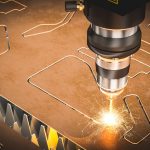






 Archivio Numeri
Archivio Numeri
